Your Cart is Empty
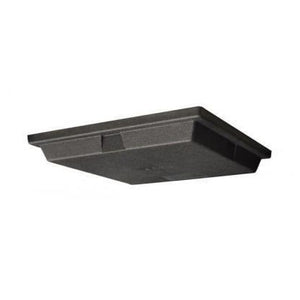
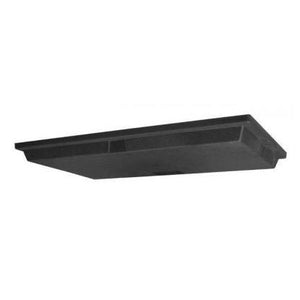
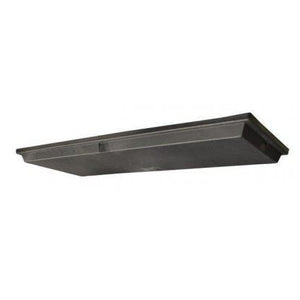
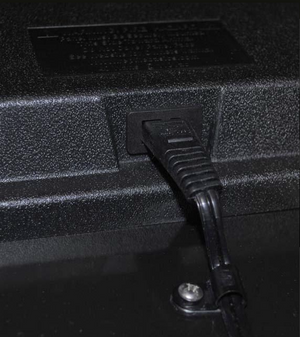
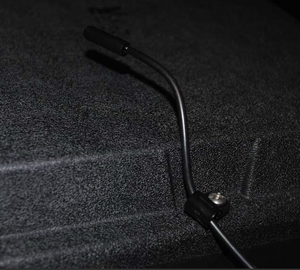
Vivarium Electronics Radiant Heat Panel
$74.99 - $114.99
Vivarium Electronics has designed this heat panel specifically around the needs of reptile users.
Highlights
- Can't burn your animal-even if they touch it!
- Easily mounts inside reptile habitats.
- Clip on plug for easy installation.
- Exclusive smooth lens material-Doesn't crack or fade.
- Thermal fuse protected.
Specifications
- The 40-watt, 80-watt, and 120-watt panels are made from Noryl for improved efficiency, durability, and ease of use.
- The 28-watt and 160-watt are made from sealed ABS housing for easy cleaning and disinfecting.
- Less than 2" thick.
- Heavy duty 6 foot power cord
While you can run these radiant panel heaters safely at full power, we recommend the use of the Vivarium Electronics proportional thermostats when using radiant heating panels in enclosed areas to maintain the ideal temperatures for your reptiles. This heater panel is ultra easy to install (2 screws-included) and can't be climbed on by your snakes!
Details & Instructions:
- Radiant Heat Panels (or RHPs) are designed to be used with a thermostat or rheostat to maintain the proper temperature for your animal. For best results a proportional thermostat is recommended.
- RHPs emit infrared heat and is similar to natural sunlight in the way it penetrates muscle tissue.
- The surface the RHP will not burn you right away. The manufacturer has tested it, and you can leave your hand on it for 10 seconds without getting burned. If your animal does come into contact with the RHP, it will have plenty of time to move before your animal is injured.
- Installation is easy!
- Using a Philips screwdriver to the top of your enclosure (must be mounted to a solid surface) using the included stainless steel screws.
- Install your thermostat probe under the heat panel.
- Heat panels are shipped without the plug installed so you can run the power cord through a small hole in the enclosure.
- Clip the plug on the wire and you’re all set.
- There may be a slight odor when from the RHP at first. This is called outgassing. The smell is not from the plastic itself, but from the injection molding process it goes through. This will usually go away with exposure to air, but it might be necessary to ‘burn in” the panel for 6-24 hours.
- These RHPs use a self resetting thermal fuse. If the heat panel reaches a temperature outside of safe operating temperatures, it will shut itself down. The heating element and lens are fire retardant, but there are steps you should take to use them properly.
- Make sure the lens is at least 6” from the enclosure bottom.
- Don’t set the panel face down on any surface while it’s plugged in.
- Doing either of these could damage the panel and void the warranty. The fuse is not meant to be used as a thermostat, only to cut power in extreme circumstances.
- With the sizes available, you might be wondering what size you need.
- A 2’x4’ enclosure or smaller in a 75° F+ room a 40 watt RHP will do the job. If your enclosure is taller, you will want to set up basking areas that are raised to give your animal a temperature gradient. If your room is under 74° F, you’ll want to move up to an 80 watt panel.
- For enclosures 2’x6’ you would typically use an 80 watt panel.
- The 120 watt RHP is best for enclosures larger than 2’x6’, open air enclosures or rooms with cooler temperatures.
- These guidelines are not hard and fast rules. Depending on your enclosure height and ambient temperature, the best heat panel for you may be different than the above recommendations.
- Please remember, it’s never a good idea to run your heat panel on maximum all the time. Running an 80 watt RHP at 50% of maximum will give you longer life and safer operating conditions than running a 40 watt RHP at 100%.






